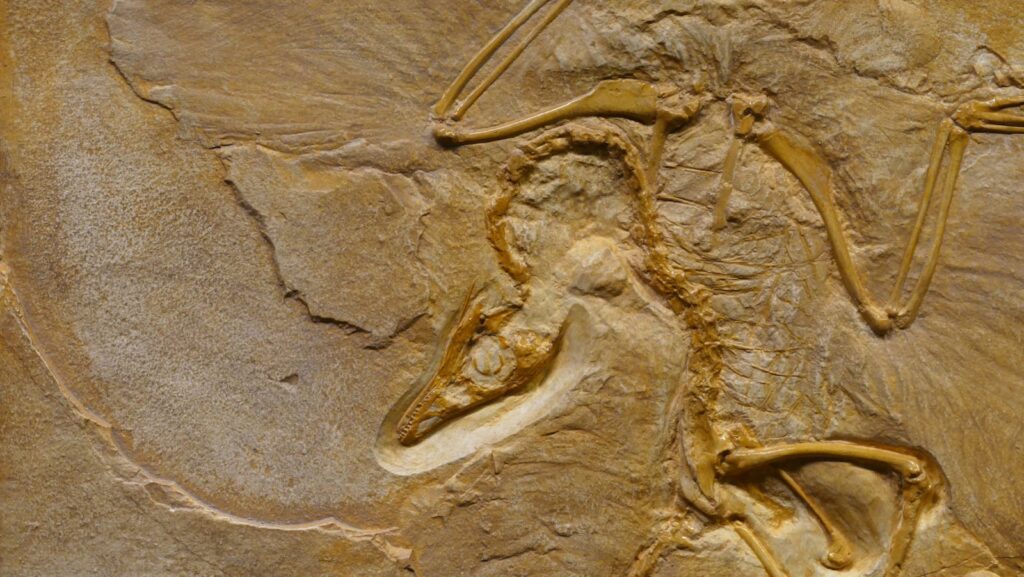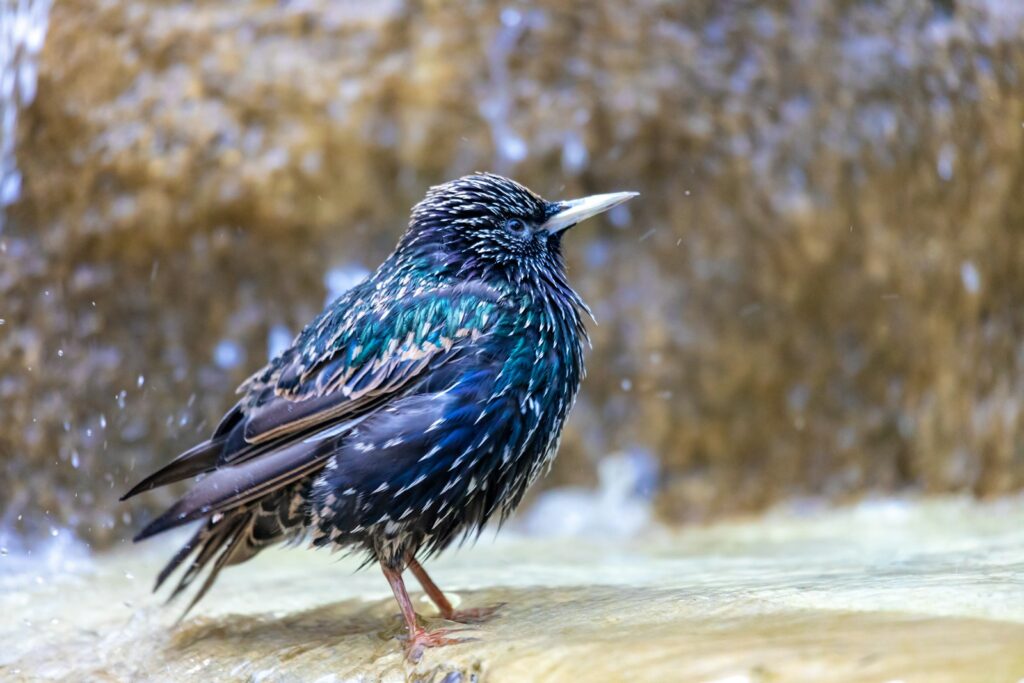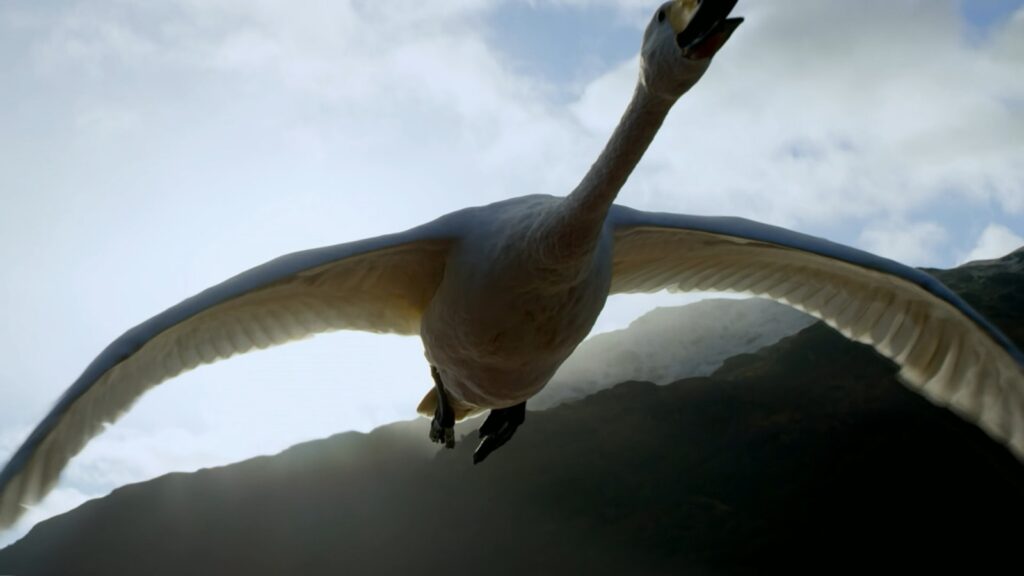Imagine soaring through prehistoric skies 150 million years ago, where massive pterosaurs ruled the air while feathered creatures the size of ravens were just beginning their conquest of flight. The question that has captivated paleontologists for decades isn’t just about who flew first, but who flew better. As we uncover more fossils and piece together the intricate story of ancient flight, a surprising truth emerges about the aerial capabilities of early birds compared to their dinosaur relatives.
The Dawn of Feathered Flight

The first birds didn’t simply pop into existence with perfect flying abilities. Archaeopteryx, discovered in Germany and dating back 147 million years, represents one of our earliest glimpses into avian flight evolution. This crow-sized creature possessed a remarkable combination of dinosaur and bird features that tells us flight was still very much a work in progress. Unlike modern birds, early fliers retained teeth, long bony tails, and clawed fingers on their wings. These features suggest they were transitional creatures, caught between their ground-dwelling dinosaur ancestry and the aerial mastery that would come later. Their flight muscles were likely less developed than those of contemporary birds, indicating a more primitive form of powered flight.
Dinosaur Cousins Taking to the Skies
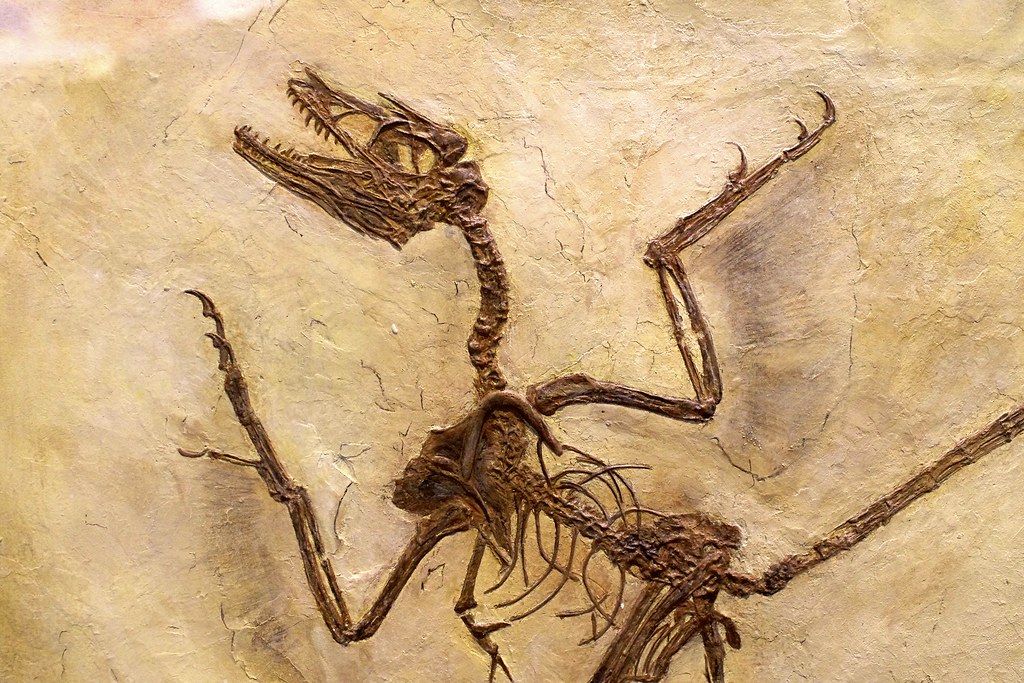
While early birds were fumbling through their first flights, several dinosaur species were already experimenting with aerial locomotion. Microraptor, a four-winged dinosaur from China, could glide between trees with surprising efficiency. Its sleek, iridescent black feathers and unique wing configuration allowed for controlled descent and possibly even some powered flight. These feathered dinosaurs weren’t just gliding randomly through forests. Recent studies suggest they had sophisticated control over their flight paths, using their four wings to maneuver through dense woodland environments. Their flight style was different from birds, more like a flying squirrel with enhanced control and stability.
Wing Design Innovations

The wing structures of early birds reveal fascinating insights into their flying capabilities. Archaeopteryx possessed asymmetrical flight feathers, a crucial feature for generating lift, but their wing-loading was significantly higher than modern birds of similar size. This meant they needed more energy to stay airborne and couldn’t sustain flight for extended periods. Dinosaur fliers like Yi qi took a completely different approach, developing bat-like membranous wings supported by an elongated finger. This design offered excellent gliding performance but limited flapping ability. The diversity of wing designs during this period suggests multiple evolutionary experiments were happening simultaneously, each with unique advantages and limitations.
Power Behind the Flight

Modern birds possess a highly specialized flight apparatus centered around the keel, a prominent ridge on the breastbone where powerful flight muscles attach. Early birds had much smaller keels or sometimes none at all, indicating their flight muscles were significantly weaker. This anatomical difference meant their powered flight was likely limited to short bursts rather than sustained soaring. Recent biomechanical analyses suggest that Archaeopteryx could achieve powered flight, but only from elevated positions or with a running start. Their flight was more akin to a pheasant’s explosive takeoff rather than the effortless soaring of an eagle. This limitation severely restricted their aerial hunting and escape strategies compared to later bird species.
Tail Tales of Aerial Control
One of the most significant differences between early birds and their dinosaur cousins lay in tail design. Early birds retained long, bony tails inherited from their dinosaur ancestors, which served as rudders during flight but also created significant drag. This made their flight less efficient and more energy-intensive than modern birds with their shortened, fan-shaped tails. Some feathered dinosaurs actually had more aerodynamically efficient tails than early birds. Microraptor’s tail feathers were arranged in a way that minimized drag while maximizing steering control. This gave certain dinosaur fliers an advantage in maneuverability, even if they lacked the powerful flight muscles of true birds.
Sensory Systems and Flight Navigation
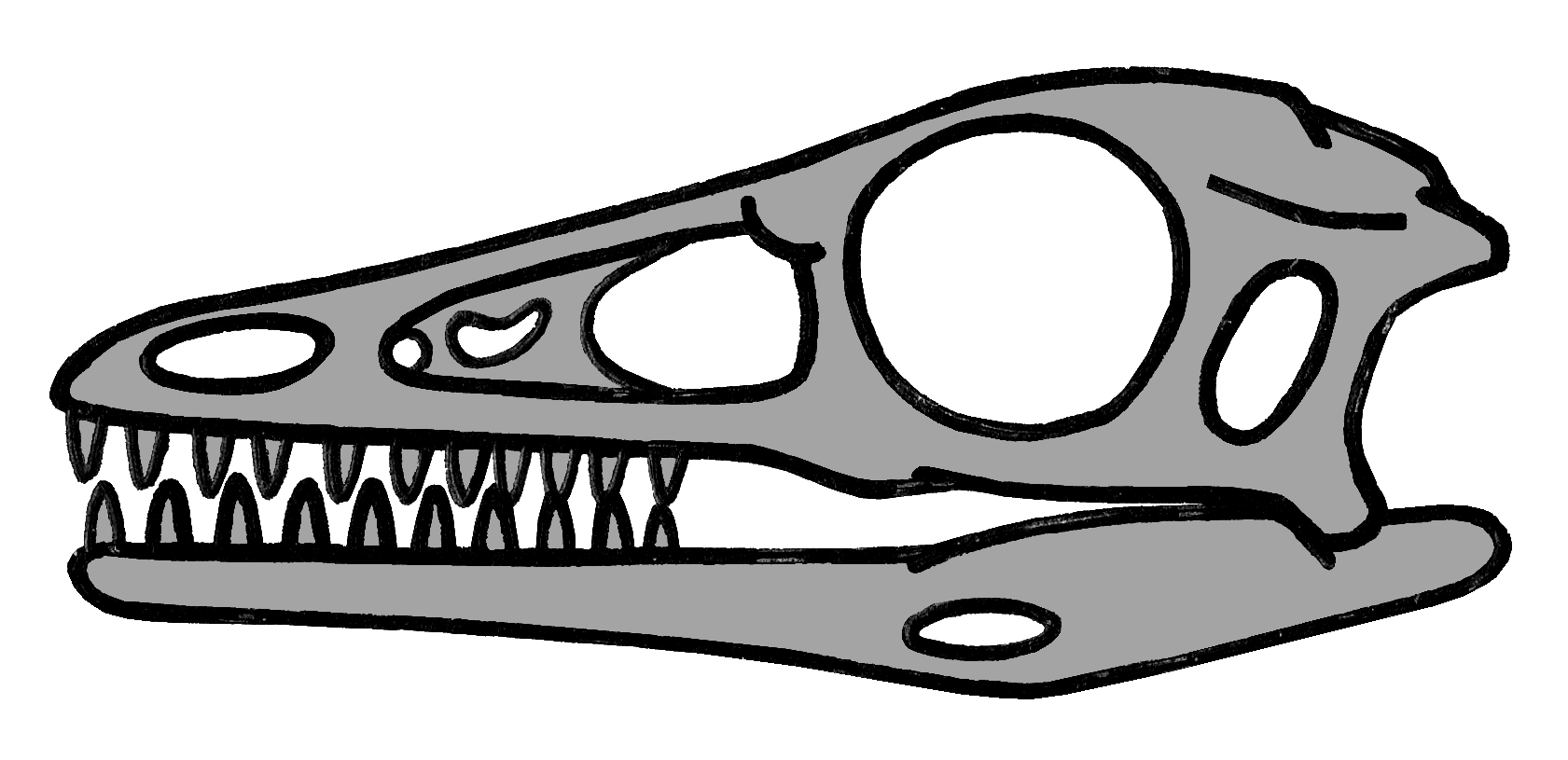
The inner ear structure of early birds reveals crucial information about their flight capabilities. CT scans of Archaeopteryx skulls show semicircular canals that were less developed than those of modern flying birds, suggesting their balance and spatial orientation during flight was more limited. This would have made complex aerial maneuvers challenging and potentially dangerous. Interestingly, some feathered dinosaurs possessed more advanced vestibular systems than early birds. This enhanced balance system may have compensated for their lack of powerful flight muscles, allowing them to execute more precise gliding maneuvers through forest canopies. Their flight style prioritized precision over power, a strategy that proved remarkably effective for their ecological niche.
Metabolic Demands of Early Flight
Flying is one of the most energy-intensive activities in the animal kingdom, and early birds faced significant metabolic challenges. Their less efficient flight mechanics meant they burned through energy reserves quickly, limiting their flight duration and range. Unlike modern birds that can migrate thousands of miles, early birds were probably restricted to local movements and short-distance flights. Evidence suggests that many feathered dinosaurs had metabolic rates somewhere between cold-blooded reptiles and warm-blooded birds. This intermediate metabolism may have been better suited to their gliding lifestyle, requiring less energy for maintenance while still providing enough power for controlled aerial movement. In some ways, this made them more efficient fliers for their specific ecological roles.
Predator-Prey Dynamics in Ancient Skies

The aerial ecosystem of the Mesozoic era was drastically different from today’s skies. Giant pterosaurs dominated the upper atmosphere while early birds and feathered dinosaurs occupied lower altitude niches. This vertical stratification meant that early birds rarely competed directly with the largest flying reptiles, instead focusing on smaller prey and different hunting strategies. Early birds likely relied more on surprise attacks and quick escapes rather than sustained pursuit hunting. Their limited flight endurance meant they couldn’t chase prey over long distances like modern raptors. Feathered dinosaurs, with their gliding abilities, were probably more effective at ambush hunting from tree perches, dropping down on unsuspecting prey below.
Feather Technology Evolution
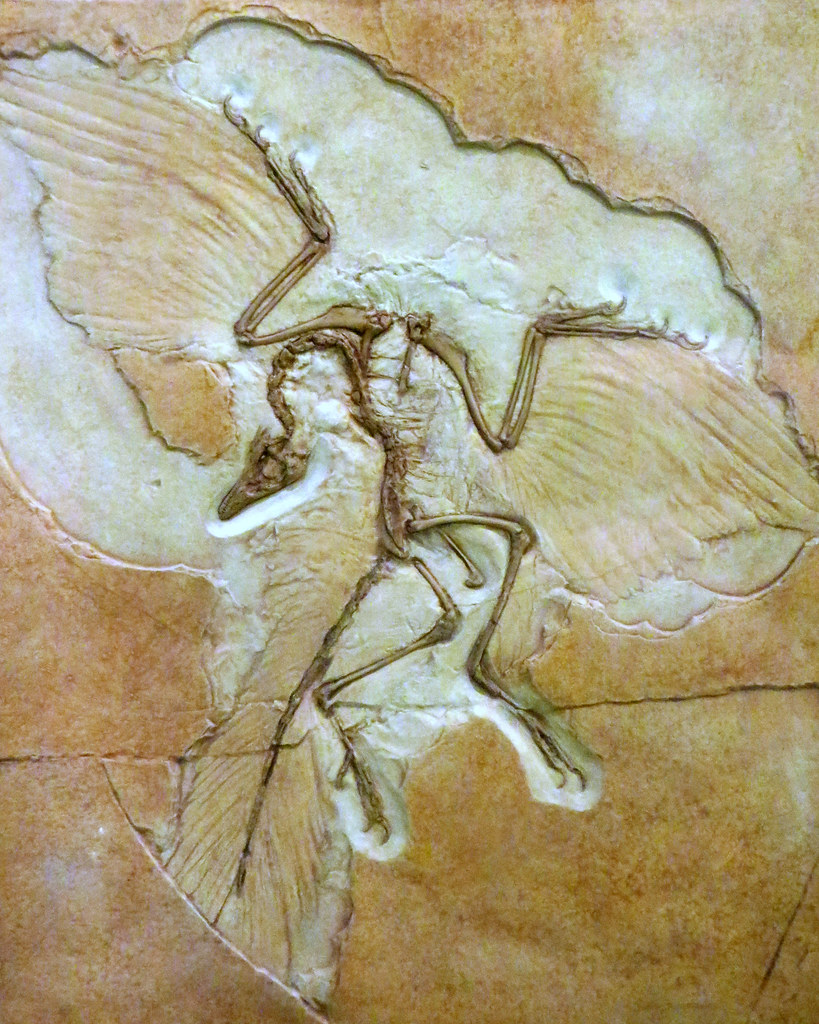
The feathers of early birds were remarkably sophisticated despite their primitive flight capabilities. High-resolution fossil analysis reveals that Archaeopteryx possessed flight feathers with microscopic structures nearly identical to modern birds. However, the arrangement and density of these feathers on the wing surface was less optimal for maximum lift generation. Some feathered dinosaurs developed unique feather configurations that modern birds never adopted. Borealopelta, while not a flier, shows how feather-like structures evolved for display and thermoregulation before being co-opted for flight. This suggests that the evolution of flight feathers was a gradual process with many experimental phases, some more successful than others.
Environmental Pressures Shaping Flight

The Late Jurassic and Cretaceous periods presented unique environmental challenges that influenced flight evolution. Dense forests, volcanic activity, and changing sea levels created a mosaic of habitats that favored different flight strategies. Early birds evolved in environments where short-distance flight between scattered trees was more valuable than long-distance soaring. Climate fluctuations during this period may have favored the metabolic flexibility of feathered dinosaurs over the higher energy demands of true powered flight. During cooler periods, the ability to conserve energy through gliding would have been advantageous, while warmer periods may have favored more active flight styles. This environmental variability drove the diversification of flight strategies we see in the fossil record.
Fossil Evidence Reveals Flight Performance
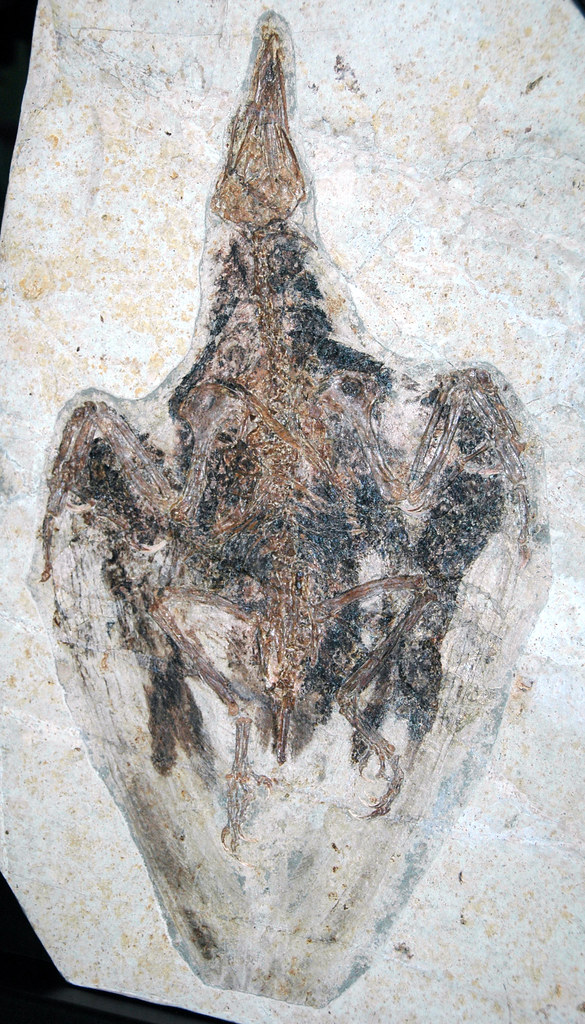
Recent discoveries have provided unprecedented insights into the flight capabilities of ancient species. Wing-loading calculations based on fossil measurements suggest that early birds required significantly more effort to achieve flight than previously thought. Some species may have been primarily terrestrial, using their wings more for display or climbing assistance than actual flight. Trace fossils, including fossilized footprints and landing marks, provide direct evidence of how these ancient creatures used their flight abilities. Trackways show that many early birds spent considerable time on the ground, using a combination of running and short flights to move through their environment. This mixed locomotion strategy was quite different from the primarily aerial lifestyle of modern flying birds.
Biomechanical Limitations of Primitive Flight
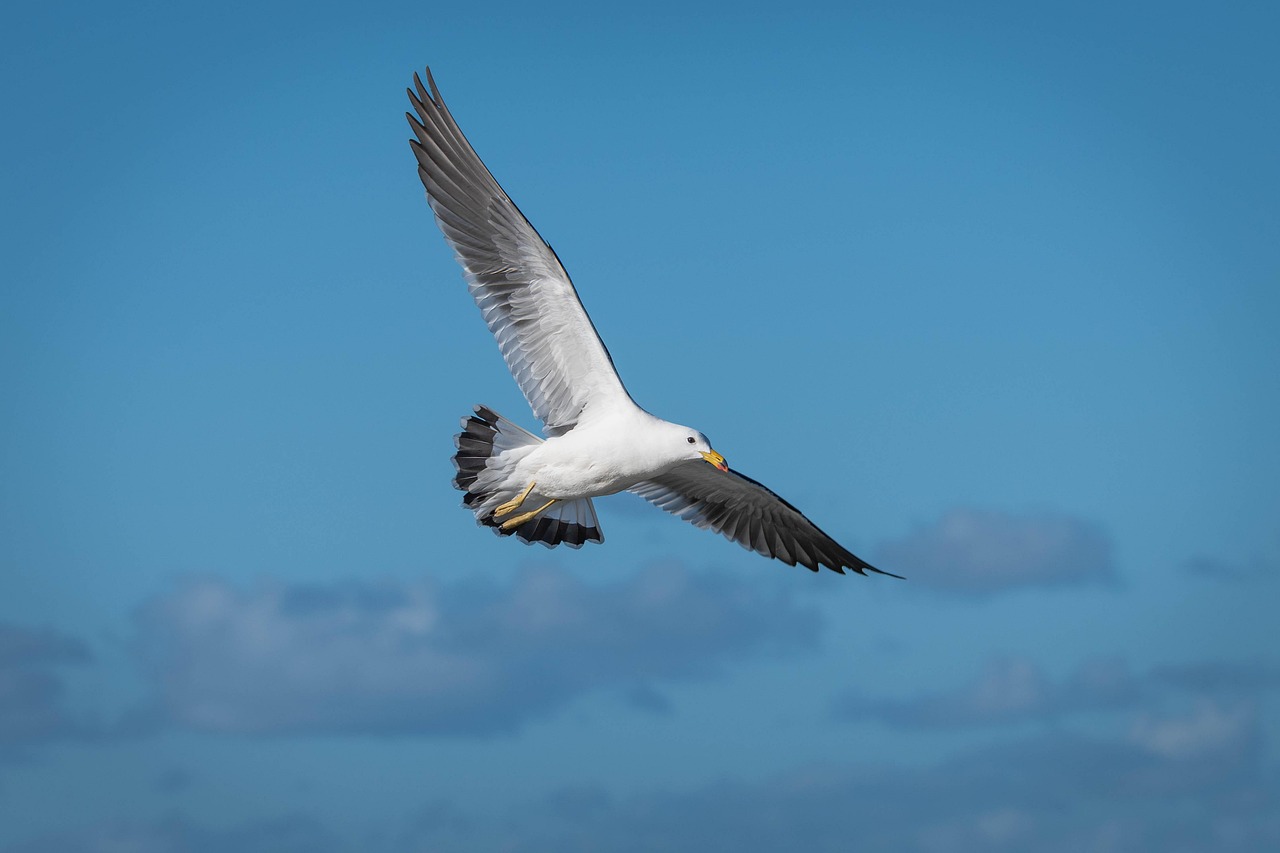
Computer modeling of early bird flight mechanics reveals significant constraints that limited their aerial performance. Their wing beat frequency was likely much slower than modern birds, reducing their ability to generate continuous lift. The lack of specialized air sacs found in modern birds also meant their respiratory system was less efficient at providing oxygen during the high demands of powered flight. These biomechanical limitations meant that early birds were vulnerable during flight, unable to quickly escape aerial predators or navigate complex environments with the agility of modern species. Their flight was more of a survival tool than a specialized hunting or migration strategy, used primarily for escaping ground-based threats or reaching elevated roosting sites.
Evolutionary Advantages Despite Limitations
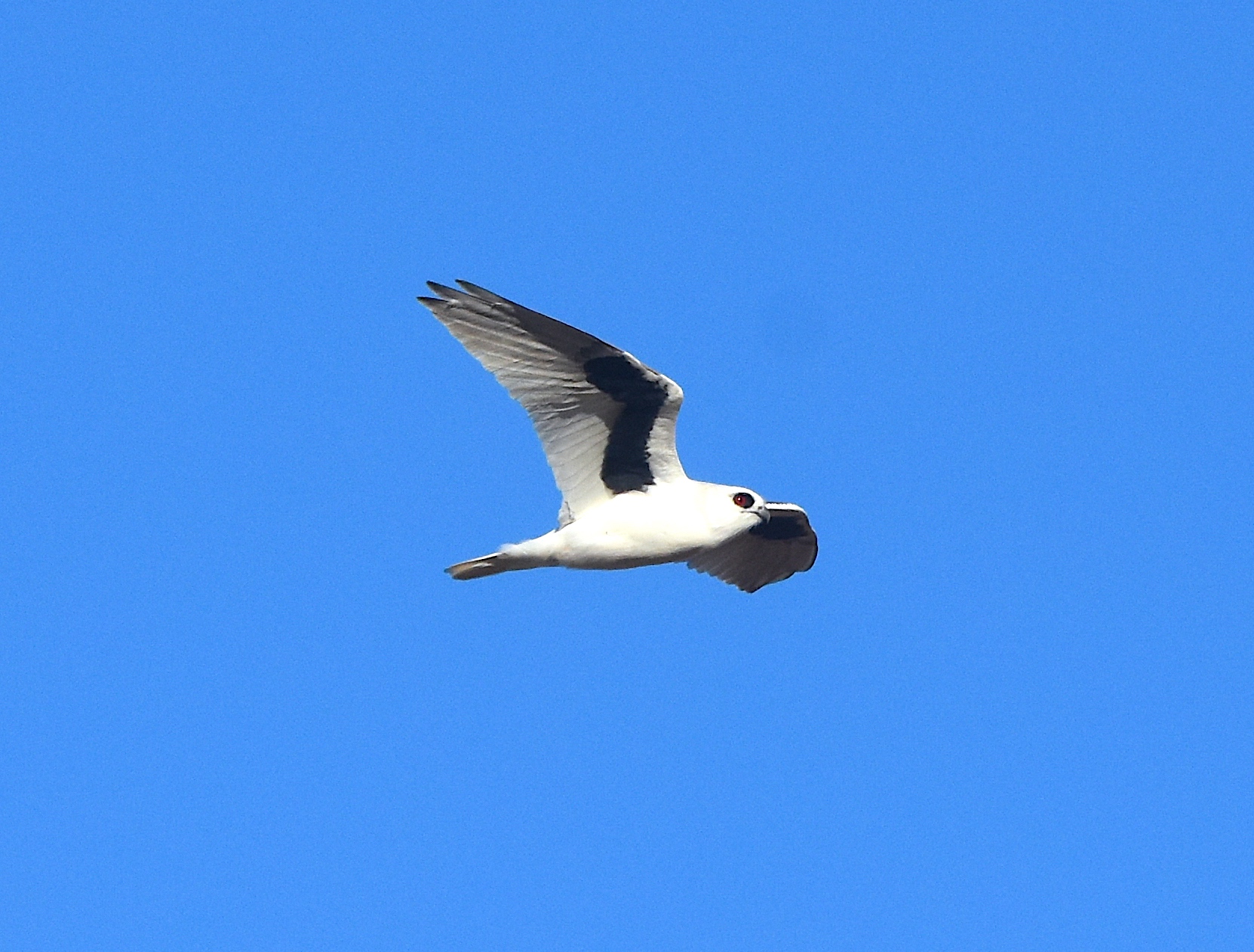
Despite their flying restrictions, early birds possessed certain advantages over their dinosaur cousins. Their commitment to powered flight, however limited, gave them access to food resources and nesting sites unavailable to purely terrestrial species. Even crude flight ability provided escape routes from predators and allowed exploitation of aerial insects and small vertebrates. The evolutionary investment in flight muscles and specialized feathers, while initially inefficient, created the foundation for the remarkable aerial capabilities we see in modern birds. Early birds were essentially beta-testing flight technology that would eventually produce some of the most successful and diverse vertebrate groups on Earth. Their “inferior” flight was actually a crucial stepping stone to aerial mastery.
Modern Implications and Ongoing Discoveries

New fossil discoveries continue to reshape our understanding of early flight evolution. Recent finds from China and Mongolia reveal previously unknown feathered dinosaurs with unique flight adaptations, suggesting that the transition to powered flight was more complex and varied than previously imagined. Some species appear to have independently evolved similar flight capabilities, indicating that the advantages of aerial locomotion drove multiple evolutionary experiments. These discoveries have practical implications for modern flight technology as well. Engineers studying the wing designs of ancient fliers are finding inspiration for new drone and aircraft technologies. The efficiency of dinosaur gliding strategies and the unique feather arrangements of early birds offer insights into optimizing artificial flight systems for specific environmental conditions.
Conclusion
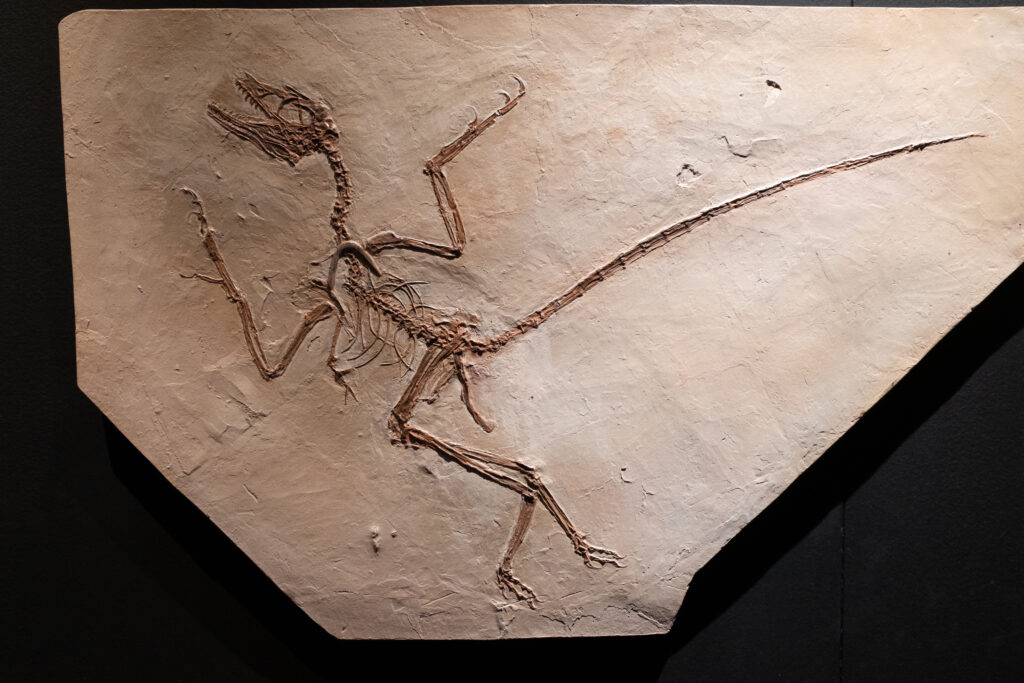
The story of early avian flight is not one of immediate mastery but of gradual refinement through millions of years of evolutionary experimentation. While early birds may not have been superior fliers compared to some of their feathered dinosaur cousins in terms of efficiency or maneuverability, they possessed something more valuable: the commitment to powered flight that would eventually lead to the incredible diversity and aerial supremacy of modern birds. Their primitive flight capabilities were the foundation upon which nature built some of the most remarkable flying machines ever to grace our planet’s skies. What surprises you more—that early birds were such clumsy fliers, or that some dinosaurs might have actually been better at staying airborne?

